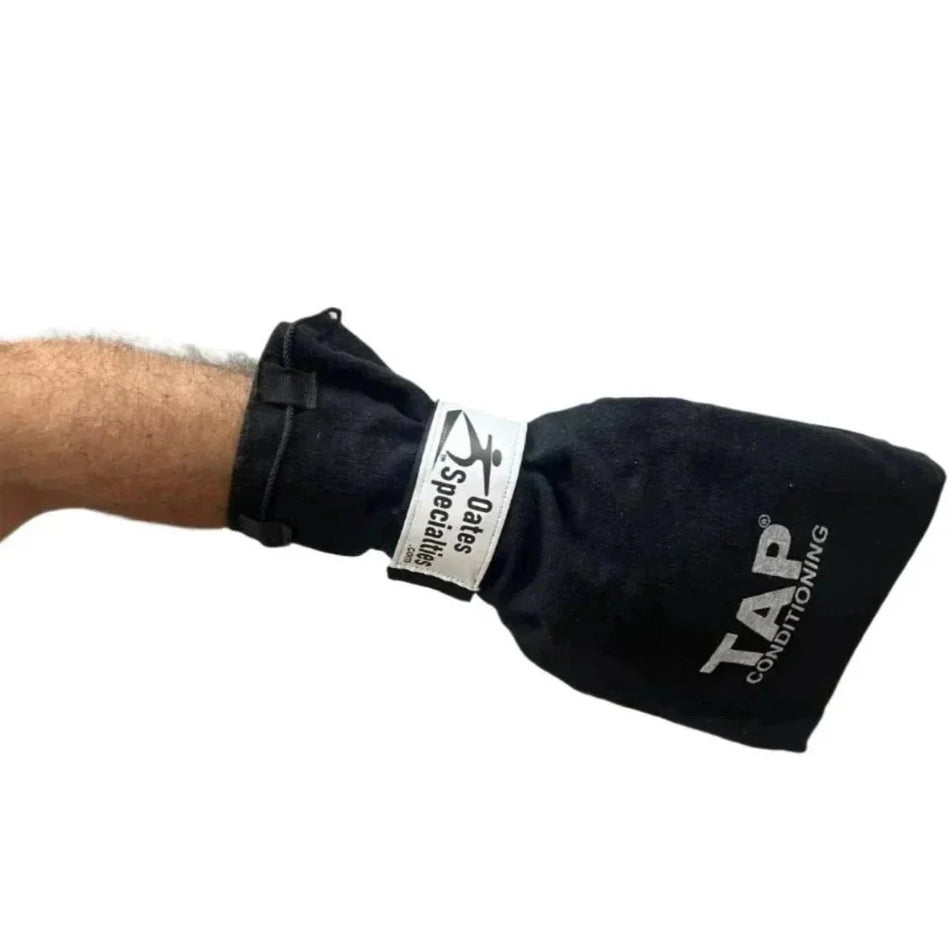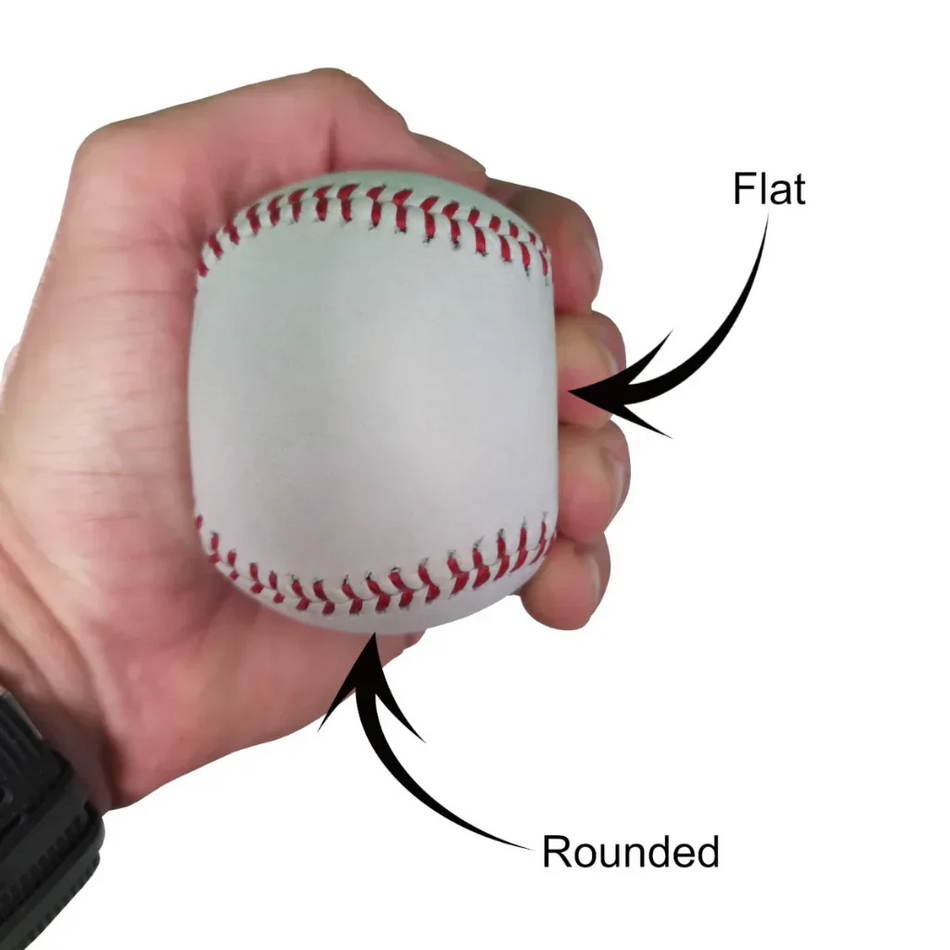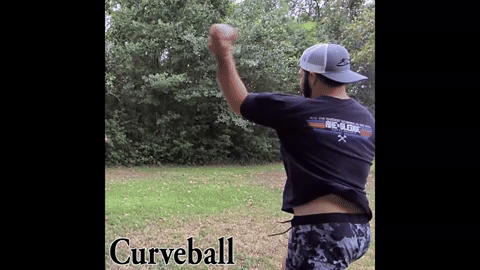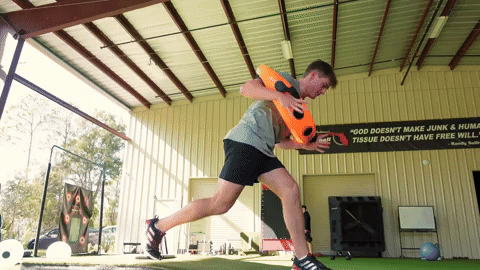As the end of May approaches baseball teams at all levels are reaching the critical point in their seasons. High schools are in the playoffs, colleges are having their conference tournaments and everybody is eyeing their respective championships. This is an extremely important time for pitchers to be at their peak playing conditions and is certainly a bad time for them to head to the DL with arm injuries. However, it is often at this point in time that many pitchers do end up injured, as the number of games and innings pitched mount, and the stress that accompanies the importance of each individual game increases. Even the pitchers on those teams unfortunate enough to be through with their season are often heading to summer ball to log more innings. Because arm health is probably the most important thing to a pitcher (and often a team) I want to discuss a couple of things I did while playing at the collegiate and professional levels to help keep myself healthy and able to answer the bell when it was my turn.
No matter what activity you are planning on performing it is extremely important to thoroughly warm up. As much as people might think that you can keep your arm healthy by just focusing on warming it up, my experience shows this is a fallacy. If you fail to properly prepare your body for the explosive nature of pitching it often results in more stress being put on your arm. This is because the arm is having to generate all of the speed on its own and then immediately slam on the brakes to slow down without the help of the rest of the body, which can cause injury.
I experienced this early on in college before I began to take the time to go through an extensive full body warm up. My arm was having to do all of the work since my body wasn't loose and warm enough to help it out. In my case it usually resulted in a rocky first inning or two before my body loosened up and was ready to go. I even dealt with tendonitis in my shoulder and a sprained Ulna Collateral Ligament which I all attribute to my sub par warm up routine. So my first advice to players and coaches is to take the time and establish a 15 minute warm up involving plyometrics, full body dynamic stretching, and some type of baseball specific activities before every practice and game.
The first type of baseball specific activities I did before picking up a baseball was tubing exercises. I am not talking about just doing internal/external rotatator cuff exercises but full body dynamic movements while using the tubing. This helped warm up my core (front, sides, and back), forced my legs to wake up and stabilize my body (like they do when pitching), and engage my shoulders while moving through these range of motions. The number of exercises and reps varied depending on what day it was during my pitching cycle and how I felt. It's amazing just how much this would wake up my entire body and loosen it all up.
The next exercise I performed begin to enter the realm of "arm care" more specifically. This step in my warm up process involved taking a 2lb sand-filled mini medicine ball and doing reverse throws. Reverse throws are literally just that, standing with your back to a wall or net and flipping the ball behind you in a controlled movement. This forces your accelerator muscles to become your decelerators and vice-versa which will help loosen, strengthen, and warm the back of your shoulder.
Next I would take the same 2lb ball (or get a heavier 4lb mini medicine ball) and have a partner hold up a mini trampoline against a wall. I would throw the ball against the trampoline and catch it repeatedly, using this rebounding action to work on both the acceleration as I throw the ball and then deceleration as I catch it. This is a phenomenal exercise because the arm lays back when catching the ball and then must snap forward as the ball is thrown once again. This is an extremely common exercise when rehabbing from a shoulder injury and is just as beneficial in prehab to keep you from becoming injured.
The next step I would take during my own warm-ups was to pick up the 2lb ball, put down the trampoline, and begin to lightly toss the ball into the wall while facing it. After a couple of tosses like this I would turn to 90 degrees from the wall where I would have to turn and throw against the wall without moving my feet. At this point I would begin to throw the ball a little harder as my arm is starting to loosen up.
The last part of this exercise was to turn my feet even more and while at 120 degrees from the wall perform a couple more throws which requires a lot of torque and is much more explosive than the first two parts. Because the 2lb ball is heavier than a baseball your arm action will become more efficient since there is a greater load being thrown and the heavier ball acts as an overload warm up.
The last step I would take before grabbing the baseball to play catch was pick up the Shoulder Tube. The Shoulder Tube, when shook by an athlete, oscillates in a slow rhythmic fashion caused by the counterweights at the end of the device. It is great for increasing flexibility and blood flow to the shoulder complex. In my opinion it is the most important part of my baseball specific warm up and if I had to choose one exercise to do before pitching that would be it. After using it for only a minute or two the arm is literally on fire and ready to go. Everyday after throwing I always made sure to get in the Shoulder Tube and reverse throws with the 2lb ball. This helped to flush out the shoulder and was great for shortening my recovery time between outings. By doing this warm up and baseball specific exercises I was able to stay healthy throughout 150+ inning seasons.
Not only does a player benefit from staying healthy but he is able to vastly improve because he can continuously train without having the setbacks of injuries. Although this is just an example of what I did in order to stay injury free, I highly recommend a routine such as this with the specific purpose of properly warming up the body and arm prior to throwing a baseball as it will keep you or your players healthy when you need them most.
Until next time,
Brian Oates
Brian@Oatesspecialties.com














































